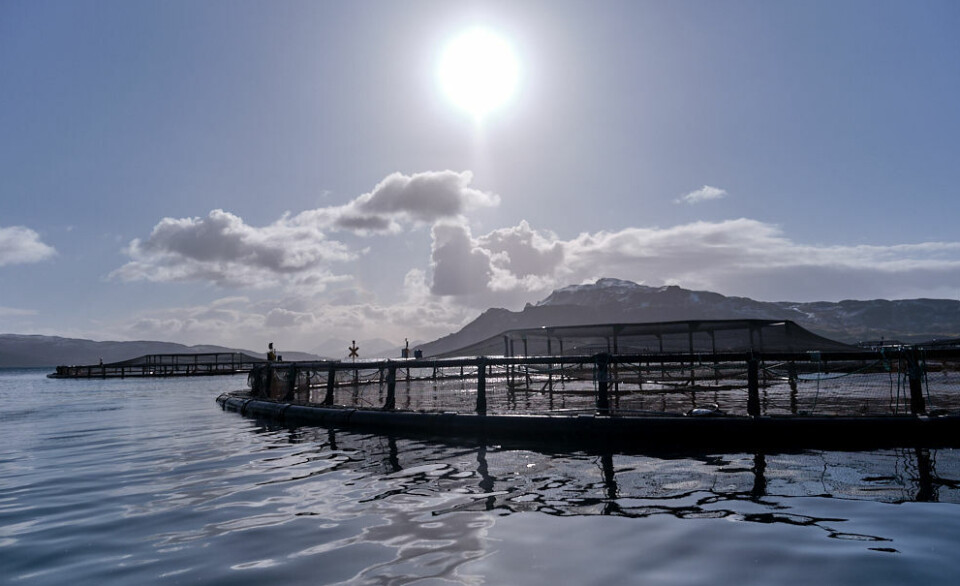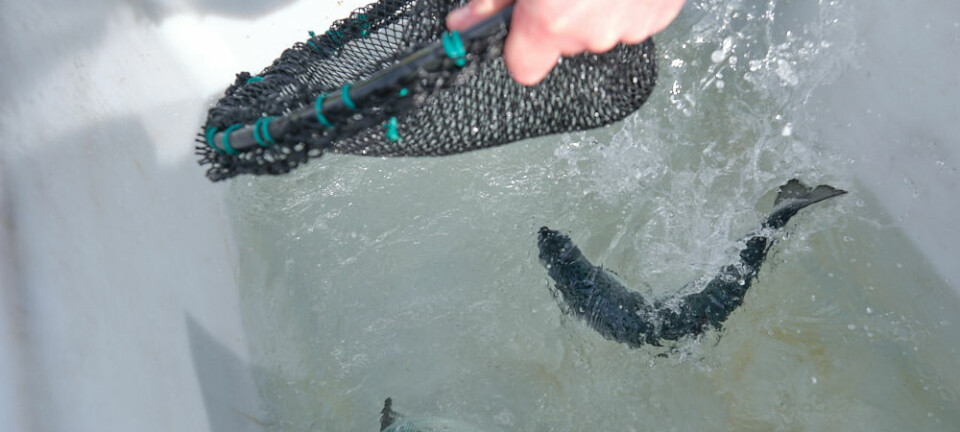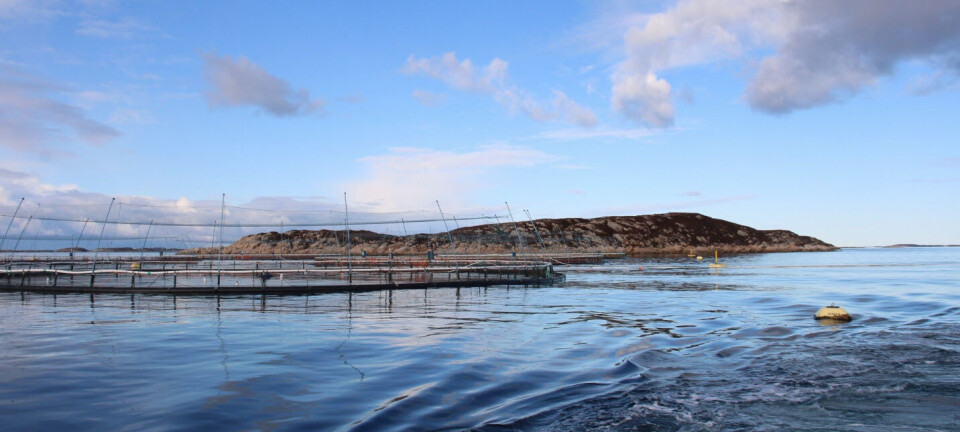
Scottish salmon sector slashed antibiotic use to record low in 2024
The Scottish salmon farming sector has reduced its use of antibiotics to the lowest level on record, cutting use by nearly 80% in a single year.
Figures published by trade body Salmon Scotland show usage fell to just 5.1mg per kilo of salmon produced in 2024, a 79% reduction from 24.8mg per kilo in 2023.
This is the lowest level on record, down from 16.1mg per kilo in 2017 when the sector first began publishing antibiotic use data.
Only 8% of all salmon farms required antibiotic treatment in 2024. Just 7.1% of seawater farms and 10.6% of freshwater farms used antibiotics.
A major milestone
Dr Iain Berrill, head of technical at trade body Salmon Scotland, said: “This is a major milestone for Scottish salmon farmers. Antibiotic use has fallen to the lowest level we have ever recorded.
“Like any medicine, antibiotics are used responsibly and only when absolutely necessary in the health and welfare interests of our fish.
“We continue to work to reduce use as low as possible while ensuring our fish stay healthy, giving consumers full confidence in Scottish salmon.
“These figures also reflect the improvements in fish health and survival across the sector, showing the results of sustained investment in veterinary care, technology and stock management.”
The generally low level and relatively rare use of antibiotics in the sector means that annual statistics can very dramatically depending on when in their lives that fish require treatment, if at all. Treating a farm containing fish with an average of 4 kilos, for example, requires a much larger volume of antibiotics than it would for fish in a hatchery.
No traces in food
Salmon Scotland said the sector does not use any antibiotics identified as high priority for human health, and there is no trace of antibiotics in the food chain, meaning consumers can enjoy fresh Scottish salmon with confidence.
The figures on antibiotic use follow separate data showing that monthly survival of fish in salmon farms averaged 99.12% between January and June, marking the best start to a year since fish farmers began voluntarily publishing the information in 2018.
Cumulative mortality, the total number of fish deaths over time, fell by more than a third in 2024. Overall survival across all farms reached 82.3%, up 10 percentage points from 72.3 per cent the previous year.























































